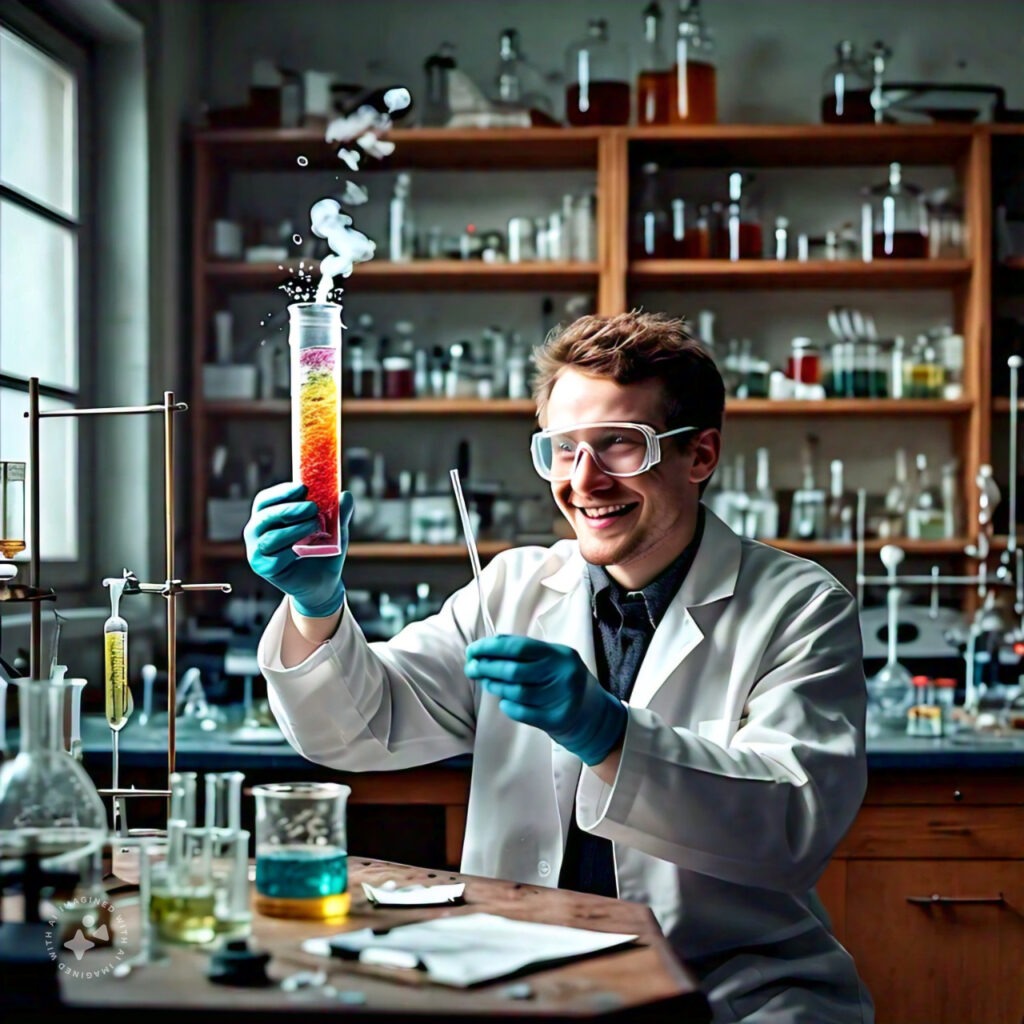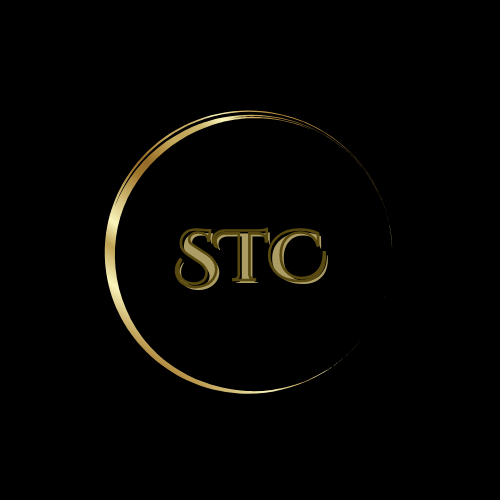Blog
More Knowledge to Protect your Future
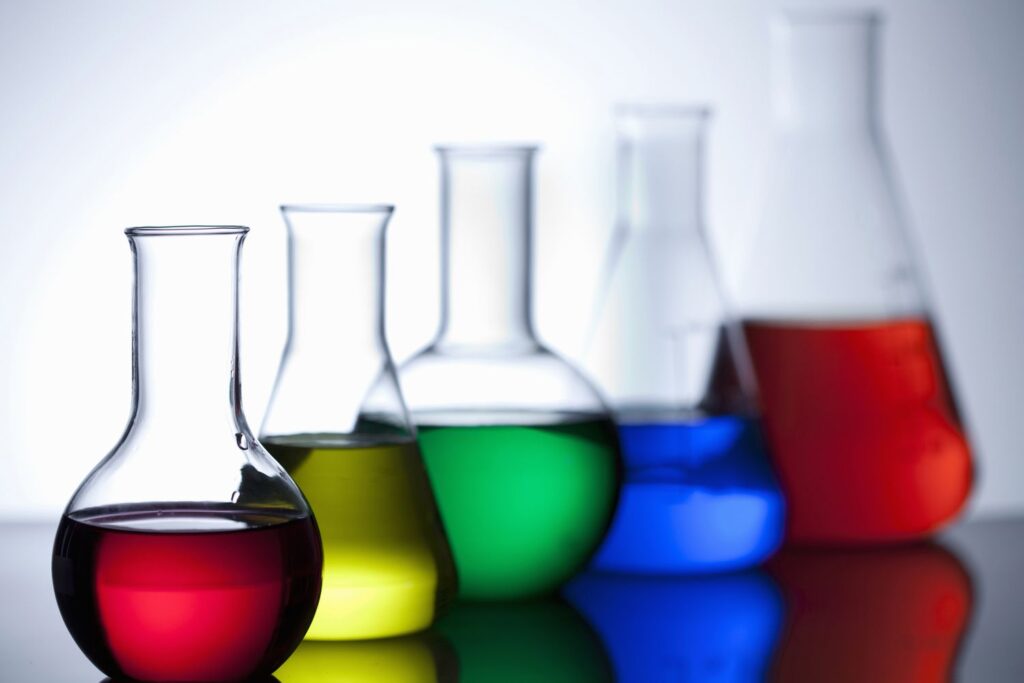
What is a simple definition of chemical?
A chemical is any substance that has a defined composition. In other words, a chemical is always made up of the same “stuff.” Some chemicals occur in nature, such as water. Other chemicals are manufactured, such as chlorine (used for bleaching fabrics or in swimming pools).
What is wash and dye?
Wash & Dye is a unique all-in-one product for use in automatic washing machines that washes the fabric while it dyes, whereas he Dylon Machine dye just dyes the fabric.
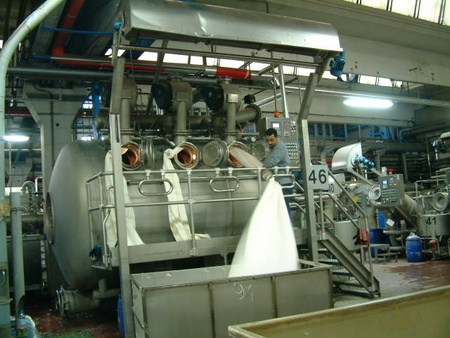

1. The Process of Fabric Washing: Types, Techniques, and Benefits
Explore various fabric washing methods like enzyme, stone, and acid washing, and their impact on the texture and durability of fabrics.
2. Understanding Dyeing: From Natural to Synthetic Dyes
Discuss the evolution of dyeing methods, the difference between natural and synthetic dyes, and how they affect fabric color and quality.
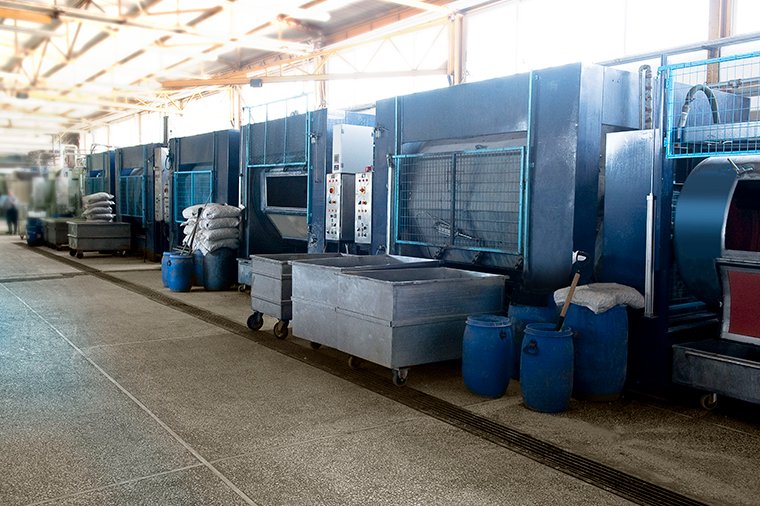
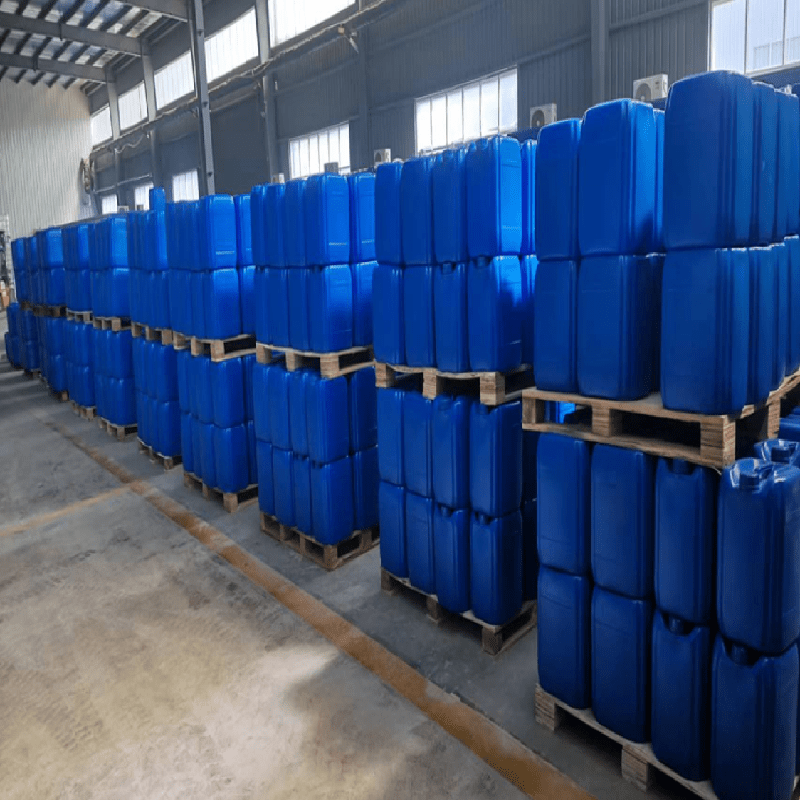
3. Eco-Friendly Dyeing: Sustainable Solutions for the Textile Industry
Focus on eco-friendly dyeing techniques such as waterless dyeing, organic dyes, and their importance in reducing the environmental footprint of the textile industry.
4. Finishing Processes in Textiles: Enhancing Fabric Quality and Performance
Highlight common finishing processes like softening, waterproofing, and wrinkle resistance, and how they improve fabric quality.
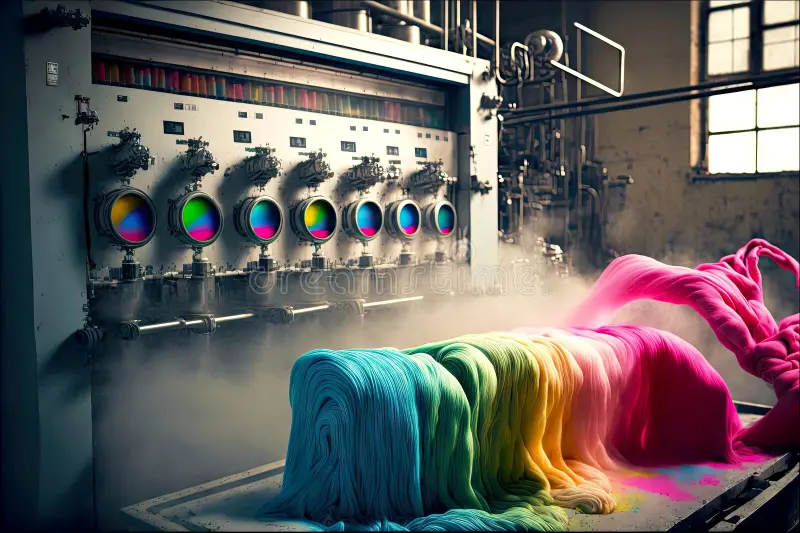
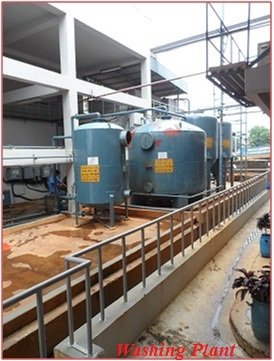
5. The Role of Washing in Garment Production: Pre-Treatment and Post-Treatment
Explain the significance of washing in garment manufacturing, from pre-treatment (cleaning and preparing fabric) to post-treatment (ensuring quality and durability).
6. The Art and Science of Fabric Dyeing: Techniques, Trends, and Innovation.
- Summary: Dive into various dyeing techniques such as tie-dye, reactive dyeing, and digital printing, along with emerging trends like eco-friendly dyes and digital color applications. Highlight the artistry involved and explore how technology is pushing the industry forward.
- Key Points: Popular dyeing methods, sustainable dyeing trends, technological advances, and tips for achieving colorfastness.
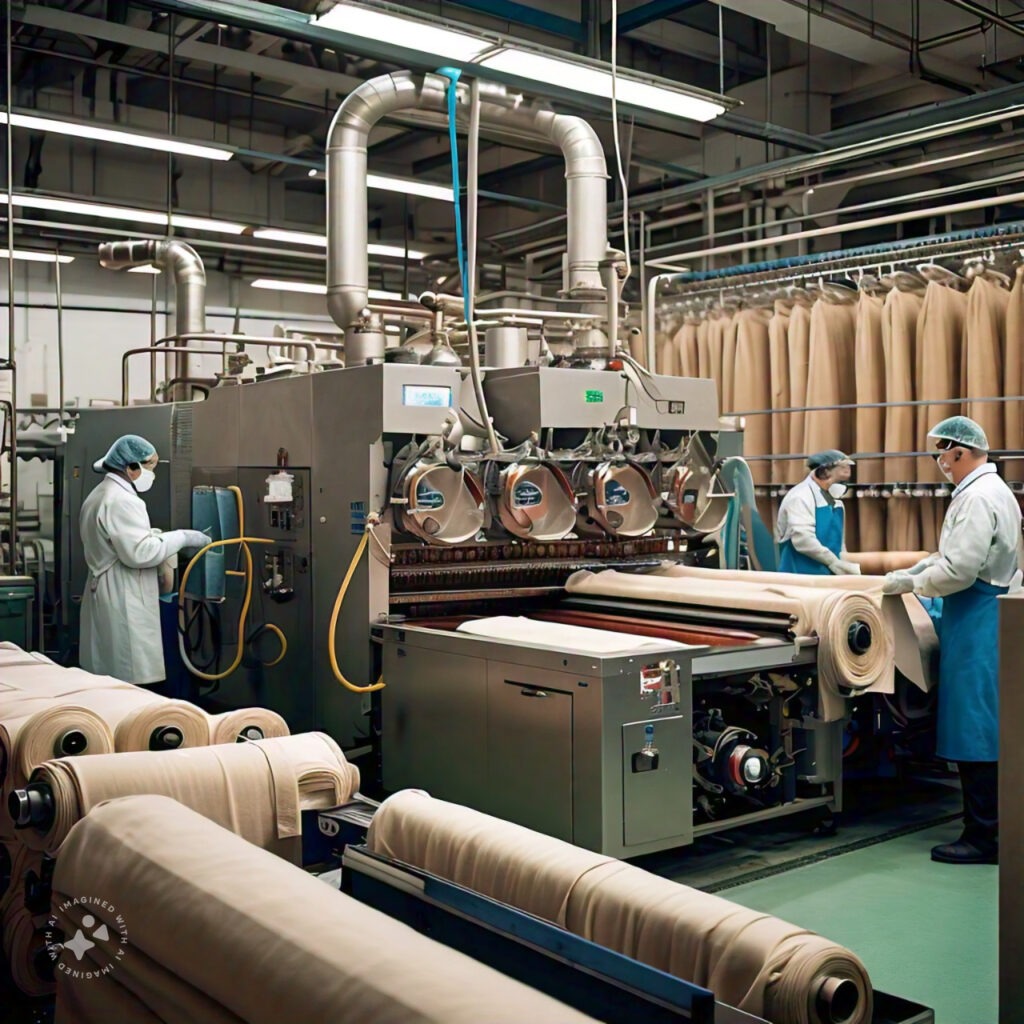
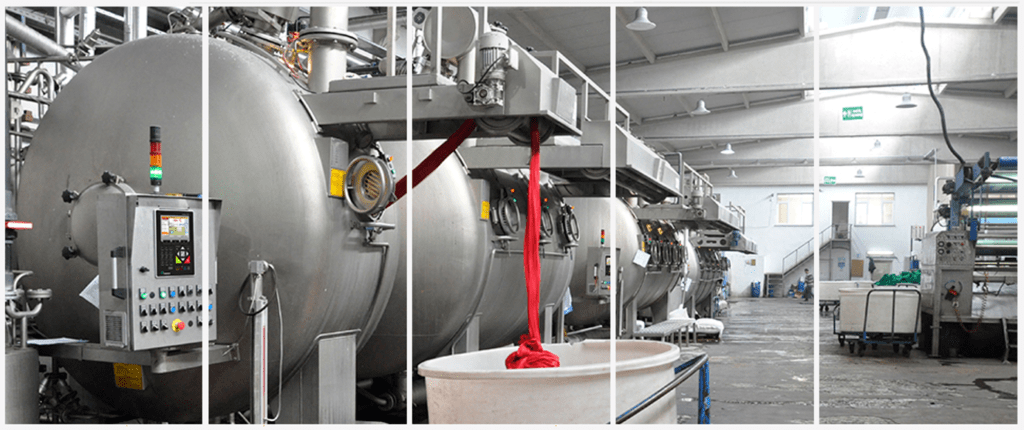
7. From Raw to Ready: How Washing Enhances Fabric Quality and Durability.
- Summary: Explain the role of washing in textile production, from pre-treatment washes to post-dye rinses. Cover different washing techniques (enzyme, acid, stone washing) and their impact on texture, softness, and durability.
- Key Points: Washing techniques, benefits of washing, common industry practices, and how washing affects fabric longevity.
8. Understanding Fabric Finishing: A Guide to Adding Value Through Process and Treatment.
- Summary: Offer insights into the various finishing processes, including coating, calendaring, and softening treatments. Emphasize how finishing enhances fabric qualities such as water resistance, durability, and softness.
- Key Points: Types of fabric finishes, finishing techniques and their applications, benefits to consumers, and why finishing matters in product quality.
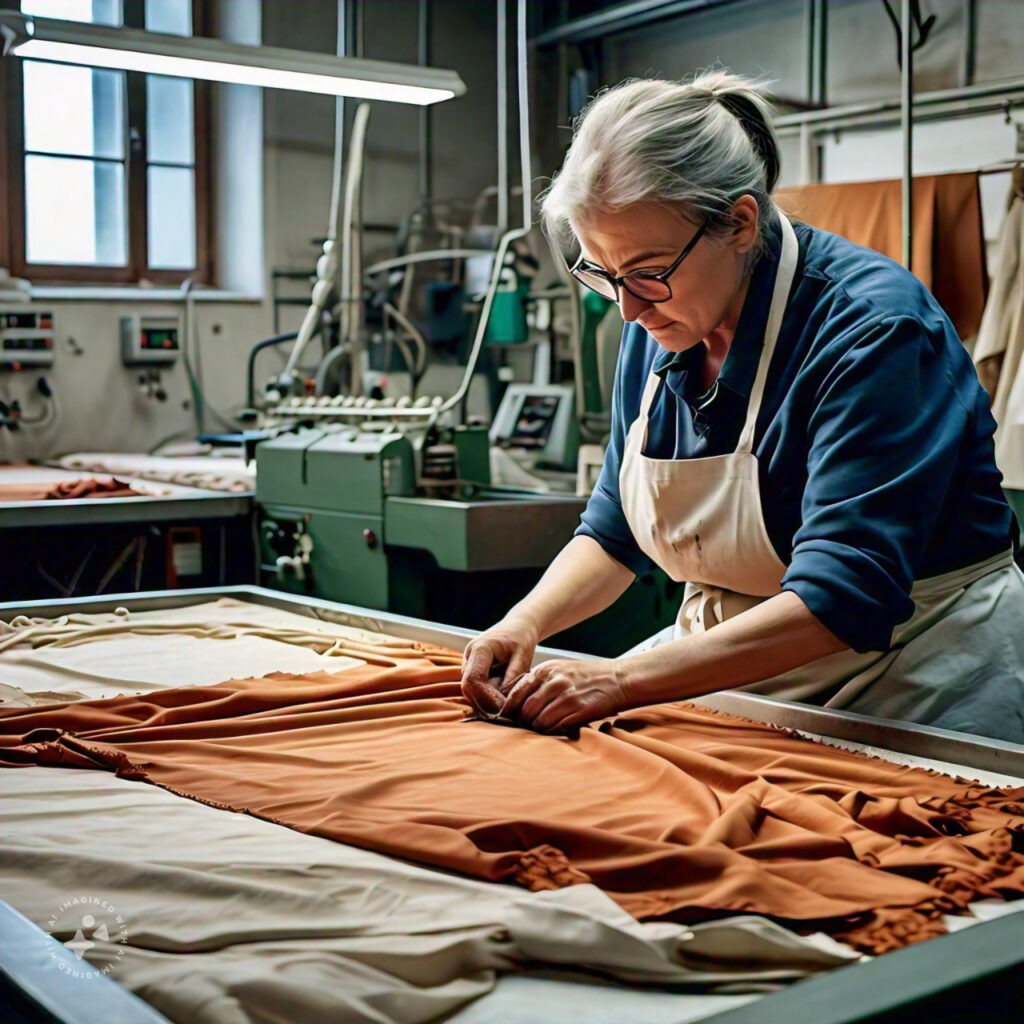
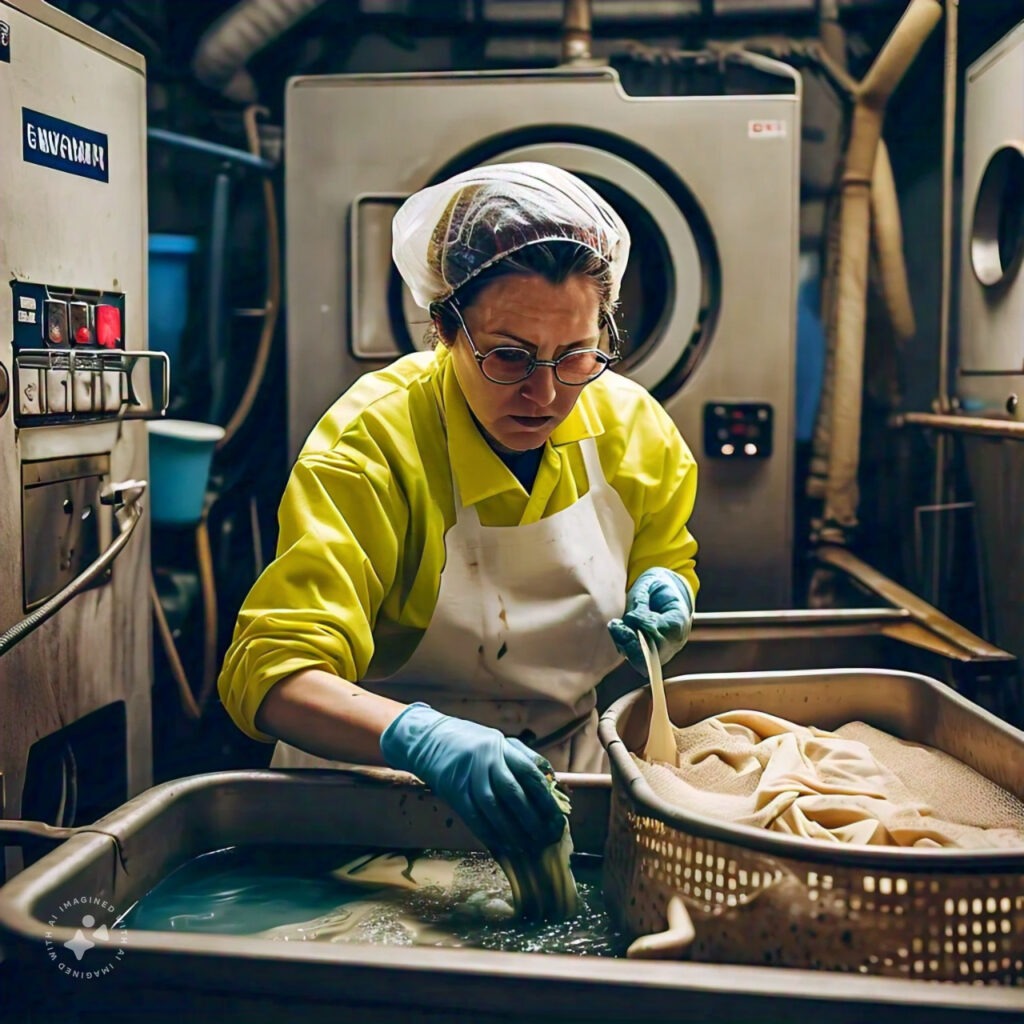
9. Eco-Friendly Alternatives in Dyeing, Washing, and Finishing: A Sustainable Approach.
- Summary: Focus on sustainable practices in dyeing, washing, and finishing, such as using natural dyes, reducing water usage, and employing biodegradable finishes. This post could resonate with environmentally conscious consumers and businesses.
- Key Points: Sustainable dyeing and washing methods, eco-friendly materials, reducing waste, and industry innovations for lower environmental impact.
10. Quality Control in Dyeing, Washing, and Finishing: Ensuring Consistency and Customer Satisfaction.
- Summary: Discuss the importance of quality control throughout the dyeing, washing, and finishing stages. Describe techniques for measuring color accuracy, texture consistency, and durability, ensuring that fabrics meet customer expectations.
- Key Points: Importance of quality control, tools and metrics used in the industry, common challenges in maintaining quality, and tips for reliable production.
